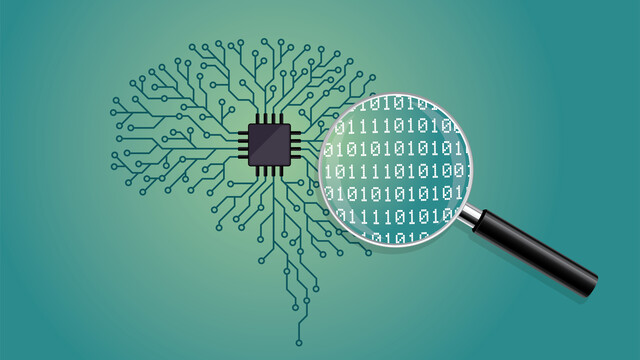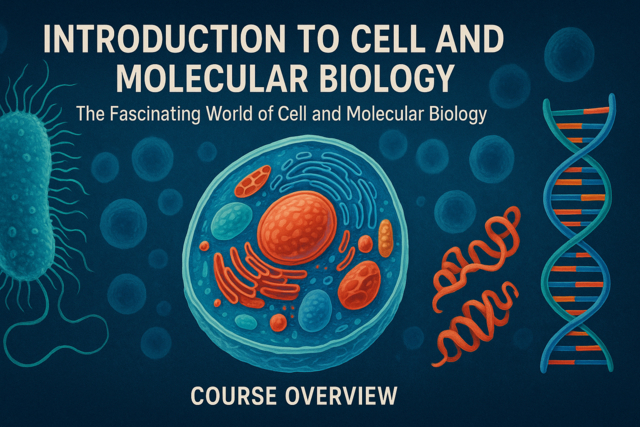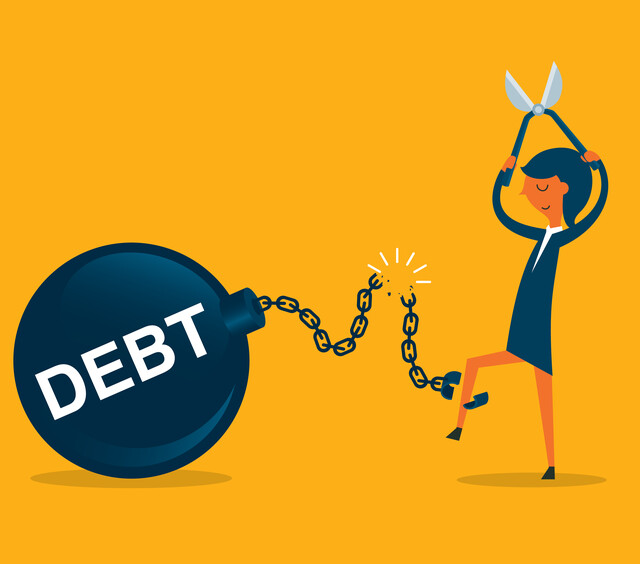Electronics 101
Power Up Your Knowledge: Dive Into the World of Electronics!

19 Hours average completion time
1.9 CEUs
12 Lessons
25 Exams & Assignments
84 Discussions
12 Videos
29 Reference Files
144 Articles
Mobile Friendly
Last Updated November 2025
Discover the Magic Behind Modern Gadgets: A Deep Dive into Electronic Circuitry
In an era dominated by digital technology, the pulsing heart of every device is its intricate electronic circuitry. But have you ever wondered about the magic that happens within these sleek devices? Venture with us into the electrifying realm of electronic circuits and unveil the enigma of these technological marvels!
Our meticulously curated course unravels the very essence of electric and electronic circuit analysis. We initiate this riveting journey with a panoramic view of electrical theory, steering you seamlessly towards the foundations of circuit components - from the vitality of power supplies to the elegance of resistors, capacitors, and inductors.
Going beyond mere theory, the course illuminates the art of actual circuit design. Immerse yourself in the thrilling process of circuit construction, testing, and measurement, equipping you with the prowess to further delve into this enthralling domain. We further spice up your learning experience by unfolding the mesmerizing world of semiconductors and their mighty soldiers - the transistors.
By the culmination of these lessons, you'll be adept at discerning the myriad applications of the principles so passionately discussed. Fear not if you're a neophyte or if mathematical jargon isn't your best friend. Our course is tailored to resonate with enthusiasts from diverse backgrounds, ensuring that even the most complex concepts are distilled into easily digestible nuggets of wisdom.
What's Inside for You?
- A comprehensive grounding that transforms novices into informed enthusiasts.
- Insights that not only enlighten but also empower you to delve deeper into areas like semiconductor devices, multifaceted electronic networks, avant-garde circuit design, and the enthralling universe of hobbyist electronics.
Unshackle your curiosity and embark on this illuminating expedition with us. Whether you're looking to refresh your foundational knowledge or ignite a newfound passion, our course promises to be your guiding light in the captivating world of electronic circuitry. Dive in and experience the wonder behind every beep, buzz, and blink of your gadgets!
- Interpret semiconductor behaviors in electronic devices
- Apply Ohm's Law in practical scenarios
- Use multimeters for circuit testing and troubleshooting
- Navigate basic communication circuit functionalities
- Understand fundamental electrical theories and principles
- Analyze and design basic electronic circuits
- Relate magnetism to electric circuit applications
- Grasp the principles of transformers and voltage conversion
- Comprehend the functions of capacitors and inductors
- Develop skills in constructing electronic prototypes
-

Learn HTML - Create Webpages Using HTML5
-

Introduction to JavaScript
-

History of the Universe
-

Introduction to SQL
-

Introduction to Cell and Molecular Biology
-

Collaboration Skills
-

Biology 360: From Molecules to Ecosystems
-

Debt Reduction
-

Health Education 101
-

Twenty Women Who Changed American History
-

Digital Photography 101
-

Data Analysis for Business
-

Marine Biology 101
-

Introduction to Ethics
-

Astronomy 101
-

Introduction to CSS
-

Meteorology Fundamentals
-

How to Write a Business Plan
-

Geography 101
-

MySQL
-

Geometry 101: Beginner to Intermediate Level
-

Operations Management 101
-

Geology 101
-

The Power of Ecology: Shaping a Sustainable Future
-

SEO Copywriting